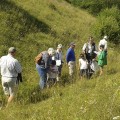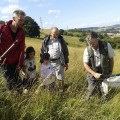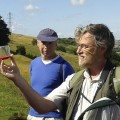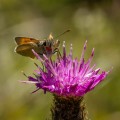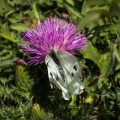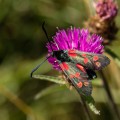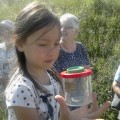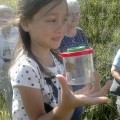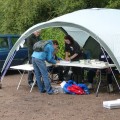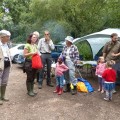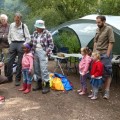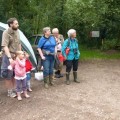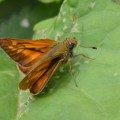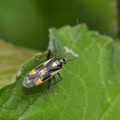It was a lovely sunny morning for Wilf’s walk around Dunstable Downs on 3rd August 2014 looking for butterflies and other wildlife, it was windy though and so not ideal for butterflies.
I spy with my little eye, 10 species of butterflies
So said Jake, Olivia and Catria on our walk. In addition to the 10 species of butterfly (Meadow Brown, Gatekeeper, Marbled White, Small Heath, Common Blue, Chalkhill Blue Brown Argos, Small Skipper, Large White and Dark Green Fritillary) we saw several moths including the Six-spot Burnet plus some Frog Orchids and Autumn Gentians.
Wilf helped us learn how to tell the difference between a female Common Blue and a Male Brown Argos, between a Meadow Brown and Gatekeeper. and between a Small Skipper and an Essex Skipper. Excellent stuff!

